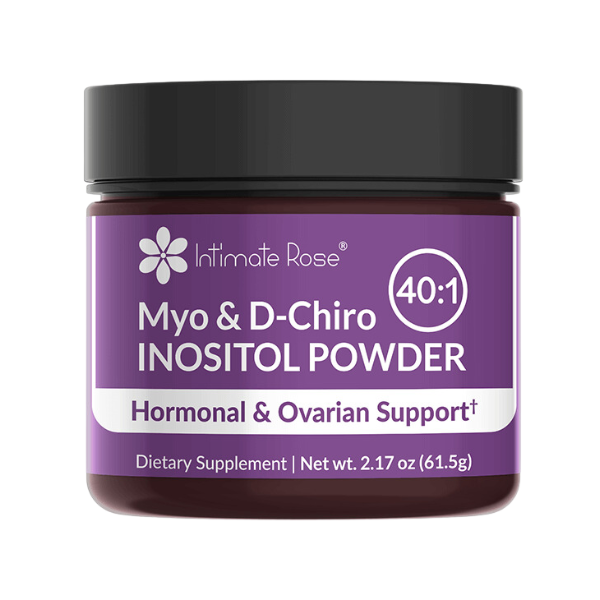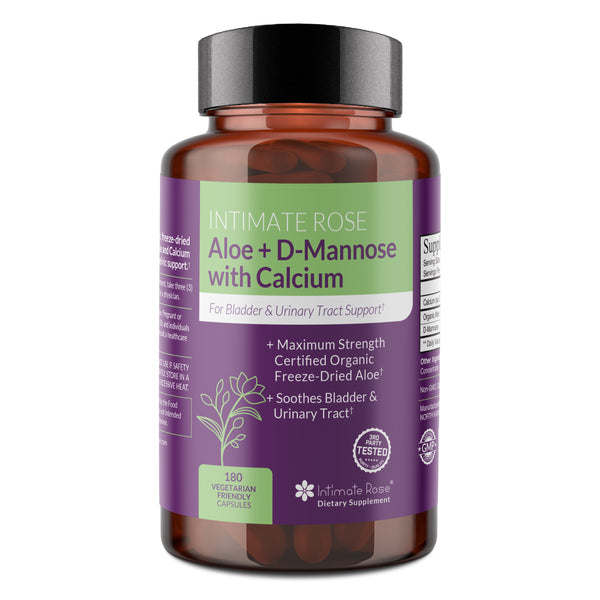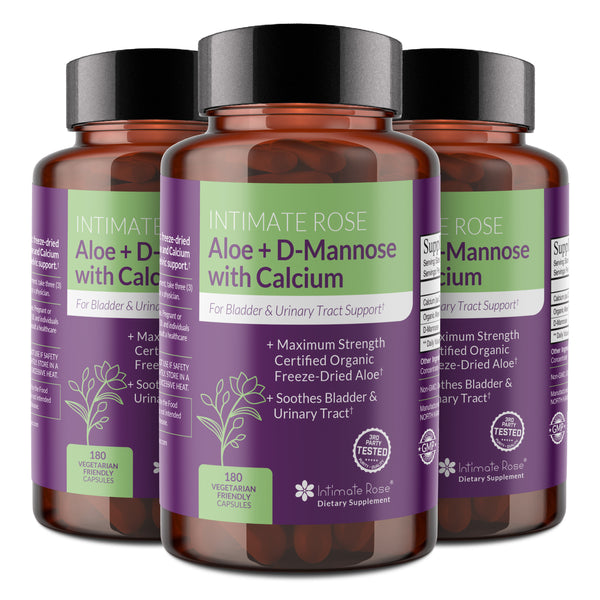Menstruation | Ovulation | Hormones | Childbirth | Cysts | BV | Remedies
Brown vaginal discharge is most commonly caused by menstrual blood taking a little longer to exit the uterus. When blood takes more time to leave the uterus it oxidizes, making the usually red blood a more brown color.
Other causes may be due to underlying conditions that may require treatment. Read on to learn more about brown vaginal discharge and what it means.
Is Brown Discharge Normal?
Brown vaginal discharge is often considered normal and is most commonly caused by menstrual blood taking a little longer to exit the uterus. When blood takes more time to leave the uterus it oxidizes, making the usually red blood a more brown color. It can sometimes appear as brown clots as well.
Additionally, brown discharge is quite common in women during the menstrual cycle, ovulation, after intercourse and during pregnancy.
Causes of Brown Vaginal Discharge
Menstruation
At the beginning and end of menstruation, it is normal for the blood to exit the vagina at a slower rate. This slower flow causes the blood to oxidize and turn brown.
Related Read: Brown Discharge Before Period
Ovulation
A small percentage of women can experience spotting halfway through their menstrual cycle when ovulation occurs. This spotting can vary in color from red to brown and sometimes appear pink. Lower belly pain and a white vaginal discharge may accompany spotting during ovulation.
Hormone Fluctuations
Female hormones fluctuate throughout the monthly cycle and low levels of estrogen, which sustains the uterus lining, can cause brown spotting at random times of the month.
Related Read: Brown Discharge Home Remedies

Things Off Down There?

Things Off Down There?
Hormonal Birth Control
During the first few months of taking a birth control pill, a drop in estrogen may cause some spotting in between menstrual cycles. If spotting continues for more than three months after starting hormonal contraception, speak with your doctor about a contraceptive with more estrogen.
Child Birth
For four to six weeks after giving birth, new moms experience what is referred to as Lochia, or bleeding, as the uterus continues to contract and close blood vessels. Lochia commonly starts with a heavy flow and gradually reduces to a lighter bleed that can appear pink or brown, before changing to a yellow-colored discharge until stopping completely.
Perimenopause
Most women transition from their reproductive years to a non-fertile part of life in their mid to late 40s. This time of life is known as perimenopause and due to the gradually reducing estrogen levels, irregular bleeding or spotting can occur in a shade of red, pink, or brown.
Ovarian Cysts
When an egg fails to exit the ovary during ovulation, an ovarian cyst can develop. Some women are never aware that they have an ovarian cyst, for others, it can cause pelvic pain and irregular bleeding that can appear brown when discharged along with regular vaginal fluids. If pelvic pain becomes severe and bleeding persists, consult with your doctor about treatment.
STIs
Brown vaginal discharge may be a symptom of sexually transmitted infections like gonorrhea or chlamydia. If additional symptoms include pelvic pain and burning during urination, make an appointment to see your doctor about possible STI treatment.
Bacterial Vaginosis
Bacterial Vaginosis (BV) is an infection caused by an overgrowth of bacteria in the vagina, which in turn upsets the natural pH balance. Symptoms of BV include burning during urination, itching, and a gray to brown vaginal discharge with an unpleasant odor. Used in conjunction with antibiotic treatment, supplements like Boric Acid Suppositories from Intimate Rose, soothe the irritation and rebalance the vaginal microflora.
More Serious Conditions Associated with Brown Vaginal Discharge
More serious conditions where brown vaginal discharge is a symptom, include endometriosis, ectopic pregnancy, miscarriage, polycystic ovarian syndrome (PCOS), and cancer. Each of these conditions will present with more severe symptoms and obvious changes to how you would normally feel.
Additional endometriosis symptoms include nausea, severe pain during sex and urination, fatigue, and diarrhea or constipation.
As well as brown discharge, an ectopic pregnancy usually causes intense stomach and pelvic pain which can sometimes spread to the neck and shoulder, as well as dizziness and a feeling of pressure in the rectum.
Although spotting can be common in early pregnancy, a sudden stream of brown vaginal discharge accompanied by blood clots, intense cramping, fainting or dizziness may signal a miscarriage.
Polycystic Ovarian Syndrome (PCOS) patients will have fewer periods in a year and experience brown spotting in between. PCOS can also cause weight gain, severe mood swings or depression, as well as acne and headaches.
After menopause, any color of vaginal discharge, including brown, could be a sign of endometrial or cervical cancer and should be checked immediately by a doctor.
Boric Balance

Potential Remedies
Depending on the root cause of the yellow discharge, there are a few natural remedies which have been shown to improve symptoms.
Conclusion
In most cases, brown vaginal discharge that occurs at the start or end of menstruation, during ovulation, or in the early stages of taking the contraceptive pill, is nothing to worry about.
However, when brown vaginal discharge occurs during pregnancy, after menopausal age, or it is accompanied by severe additional symptoms, speak with your doctor immediately.
References
National Center for Biotechnology Information - Menstrual Bleeding Patterns Among Regularly Menstruating Women - https://www.ncbi.nlm.nih.gov/pmc/articles/PMC3299419/
Bedsider - Side effect spotlight: What's up with spotting? -
https://www.bedsider.org/features/113-side-effect-spotlight-what-s-up-with-spotting
Cleveland Clinic – Pregnancy: Physical Changes After Delivery - https://my.clevelandclinic.org/health/articles/9682-pregnancy-physical-changes-after-delivery
Mayo Clinic – Perimenopause - https://www.mayoclinic.org/diseases-conditions/perimenopause/symptoms-causes/syc-20354666
Mayo Clinic – Ovarian Cysts - https://www.mayoclinic.org/diseases-conditions/ovarian-cysts/symptoms-causes/syc-20353405
Intimate Rose – Bacterial Vaginosis Treatment: Restoring Vaginal pH https://www.intimaterose.com/blogs/womens-health/bacterial-vaginosis-treatment-restoring-vaginal-ph
The American College of Gynecologists and Obstetricians - Ectopic Pregnancy - https://www.acog.org/womens-health/faqs/ectopic-pregnancy?utm_source=redirect&utm_medium=web&utm_campaign=otn
Mayo Clinic – Polycystic Ovarian Syndrome - https://www.mayoclinic.org/diseases-conditions/pcos/symptoms-causes/syc-20353439
Center for Disease Control & Prevention - Cervical Cancer Statistics - https://www.cdc.gov/cancer/cervical/statistics/

Things Off Down There?




















